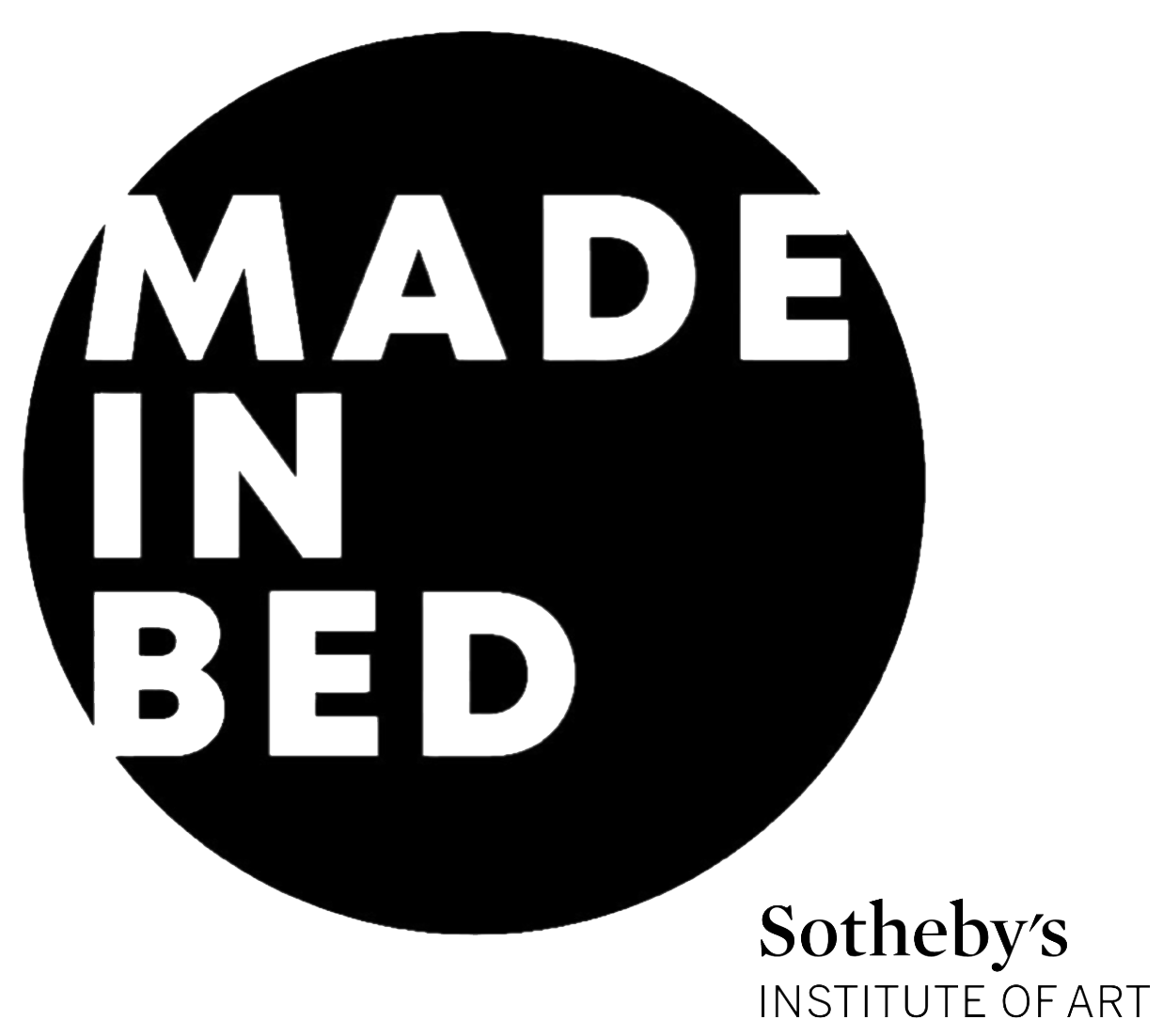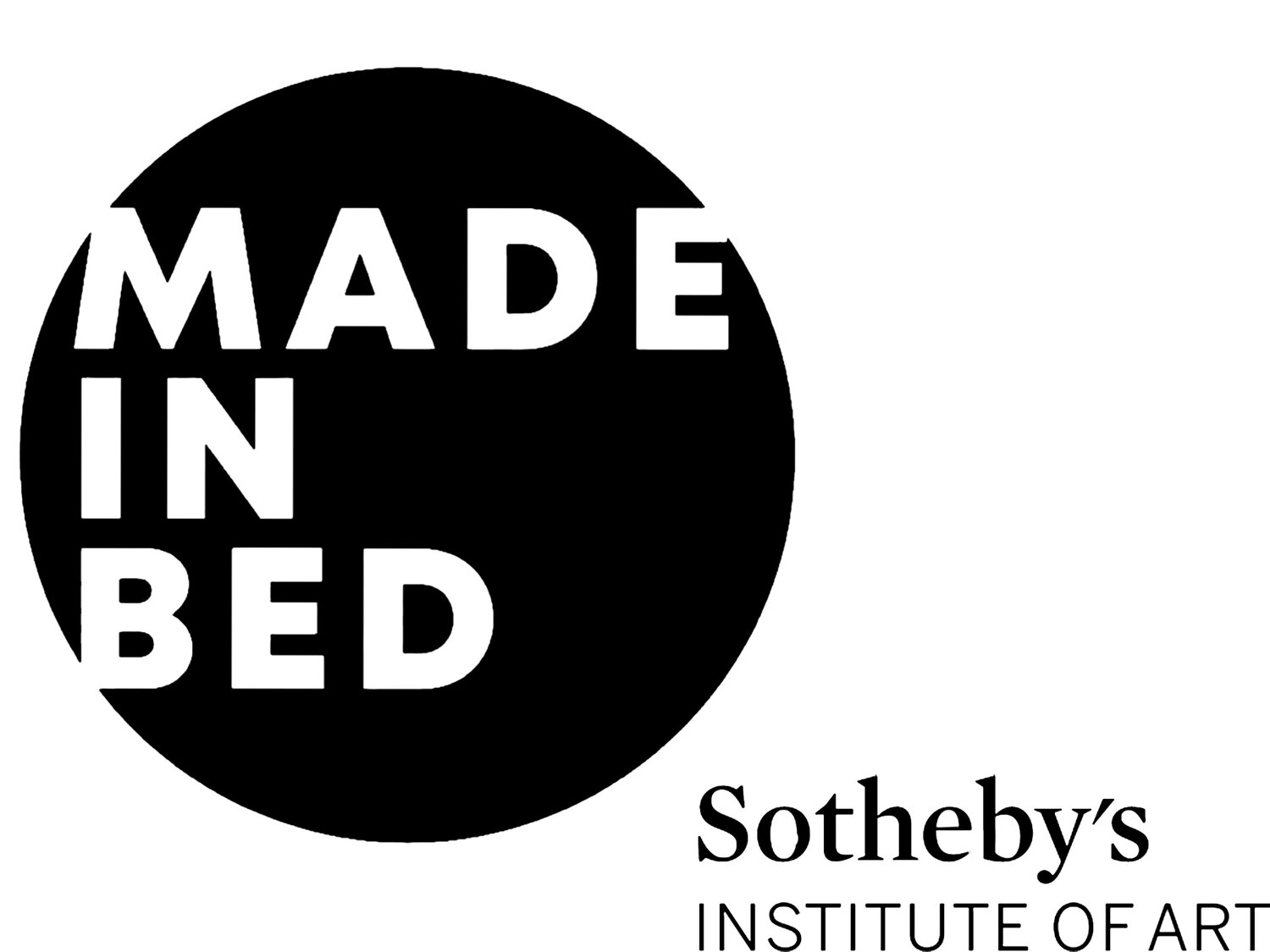The Great Mughals: Art, Architecture and Opulence @ The Victoria and Albert Museum
Within the eclectic collections of the Victoria and Albert Museum, a story is being told. A story of a great empire, evolving and accepting, creative and innovative; an idyllic notion in the chaos of the modern world. This was the Mughal empire’s ‘golden age’, which spanned the reign of three emperors from 1580-1650: Akbar, Jahangir, and Shah Jahan. This exhibition illustrates the creation and evolution of Mughal art, examining the techniques, influences and subjects of the art from the empire’s intensely successful workshops. Whilst this is a deeply educational exhibition, viewers are also reminded of the importance of creativity and innovation in communities, as powerful tools of support and strength.
Emperor Akbar (1541–1605), the first of the three great Mughal rulers, actively encouraged innovation and creativity. Reigning from the age of 14, he founded an artistic hub of workshops, the most notable being the House of Books, where calligraphers and painters worked to produce some of the most exquisite manuscripts of the era. With the museum dedicating a room to each emperor, they have adorned Akbar’s space with a plethora of intricately illustrated manuscript pages—each one a delicate relic of a golden age of creativity. Curved with age and delicately undulating beneath saturated layers of watercolour and gold, these pages bring to life the incredible artistry that began during Akbar’s reign, the start of a thriving and legendary empire.
Portrait of Shah Jahan holding an emerald, by Muhammad Abed, borders by Harif, about 1628, Agra, India. Photo Courtesy: Victoria and Albert Museum, London.
But these illustrations and stories are not frivolous jollities. In fact, they were Akbar’s way of maintaining peace and encouraging religious tolerance. Aware of the religious tensions between his Hindu and Muslim subjects, he sought to bridge cultural divides by commissioning the translation of major Sanskrit texts into Persian, the administrative language of the empire. By making the Hindu texts more widely accessible, Akbar was encouraging people to refrain from hostility. This exhibition underscores the significance of these efforts and by illuminating Akbar’s commitment to cultural unity. The Victoria and Albert Museum here does more than simply showcase history—it actively engages with contemporary conversations about inclusivity and coexistence.
The exhibition does not shy away from the broader global context in which the Mughal Empire flourished, particularly the ever-encroaching presence of European colonial ambitions. It acknowledges the relentless efforts of Western nations to impose their culture and influence upon the rest of the world—a reality often glossed over in the traditional museum narrative. This theme is especially apparent in the section of the exhibition detailing the arrival of Jesuit missionaries from Portugal in 1580. These missionaries brought with them European religious imagery and artistic techniques, which were swiftly absorbed, adapted, and reimagined by the master craftsmen in Akbar’s workshops.
Painting, portrait of a European, 1556 – 1605, Mughal. Photo Courtesy: Victoria and Albert Museum, London.
The curators highlight this cross-cultural exchange through carefully selected objects, one of the most striking being a brazier (or atashdan, seen below), a small yet remarkable fusion of Eastern and Western artistic influences. Its elegantly twisted legs pay homage to European design, reflecting the presence of Baroque and Renaissance aesthetics, yet its hexagonal structure remains deeply rooted in Iranian symbolism, representing cosmic order. Such artifacts exemplify the Mughal court’s remarkable ability to assimilate foreign influences without erasing its own artistic identity—an approach that would continue to define Mughal art under Akbar’s successors.
Brazier, or atashdan, Mughal. Photo Courtesy: Emilia Luders.
This exhibition continues to surprise as visitors weave their way through the rooms. Scattered throughout the space are objects decadent beyond imagination. Daggers encrusted with diamonds, emeralds and rubies, golden ceremonial spoons, and an iridescent shield of mother of pearl are just a few of the eye-catching treasures that have been selected to represent the beauty and craftsmanship of the Mughal empire. Described as ‘the treasury of the world’, by Sir Thomas Roe, England’s first ambassador for the Mughal empire, under Jahangir’s rule the empire became famed for its luxury goods, with centres across the empire supplying the royal family and court.
A jade-hilted dagger with a coordinating scabbard, Peter Kelleher. Photo Courtesy: Victoria and Albert Museum.
The Great Mughals: Art, Architecture and Opulence not only celebrates the artistic genius of the Mughal court but also serves as a thought-provoking exploration of empire, exchange, and adaptation. The exhibition leaves visitors with a deeper appreciation of the intricate, interwoven histories that shaped the world, and acts as a reminder that artistic and intellectual advancements are rarely confined by borders but instead thrive in the fluid spaces where cultures meet.
Great Mughals: Art, Architecture and Opulence is on display at the Victoria and Albert Museum until the 5th May, 2025. Click here to find out more and purchase tickets.
Emilia Luders
Reviews Co-Editor, MADE IN BED





